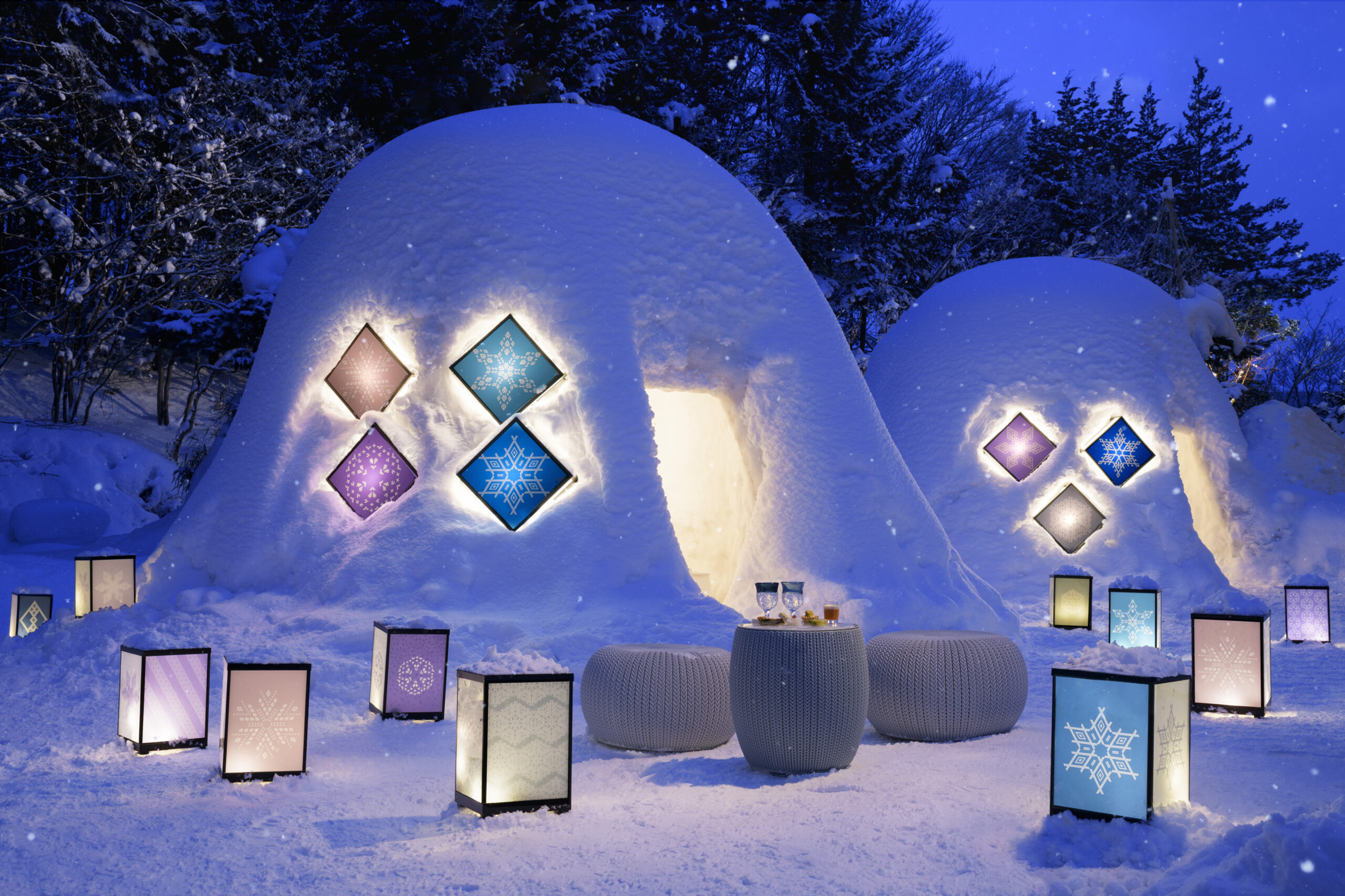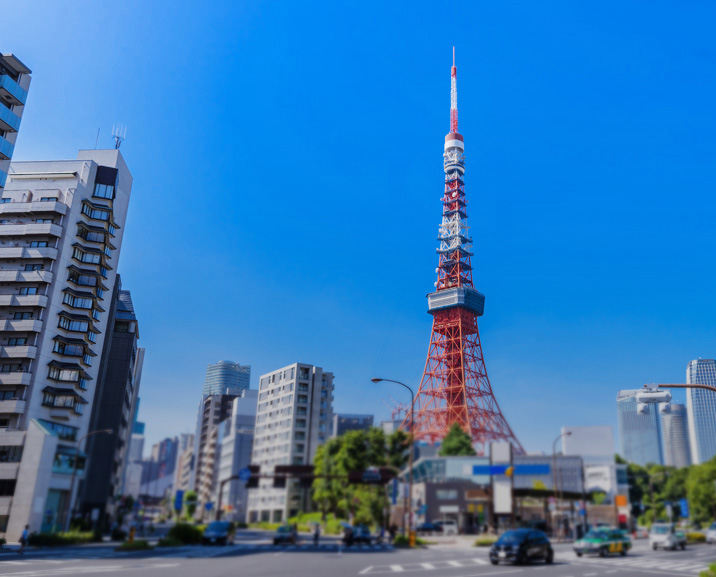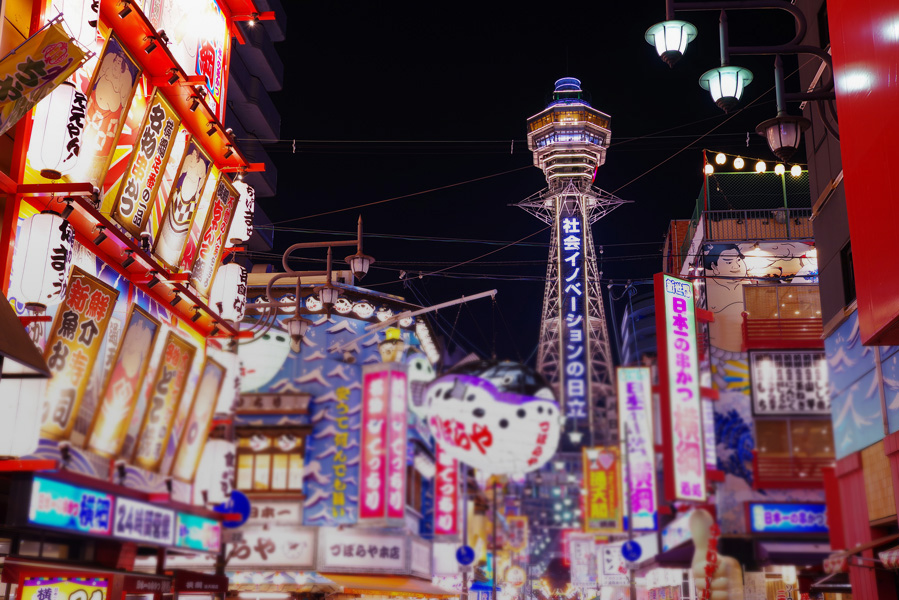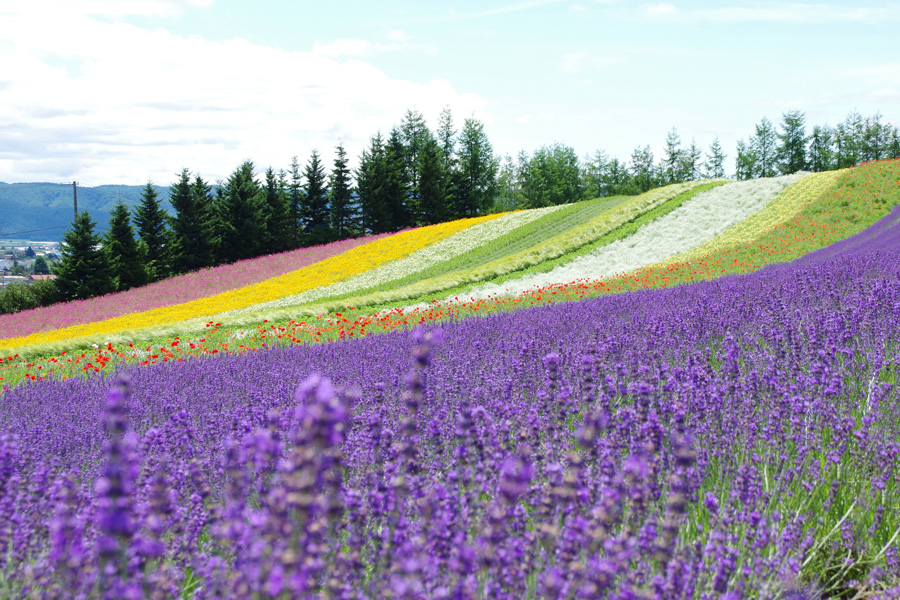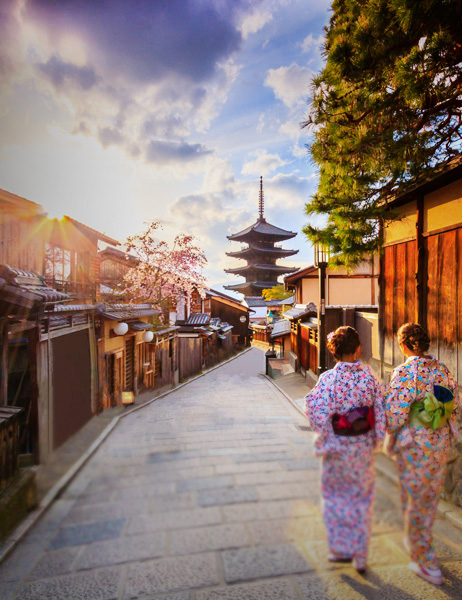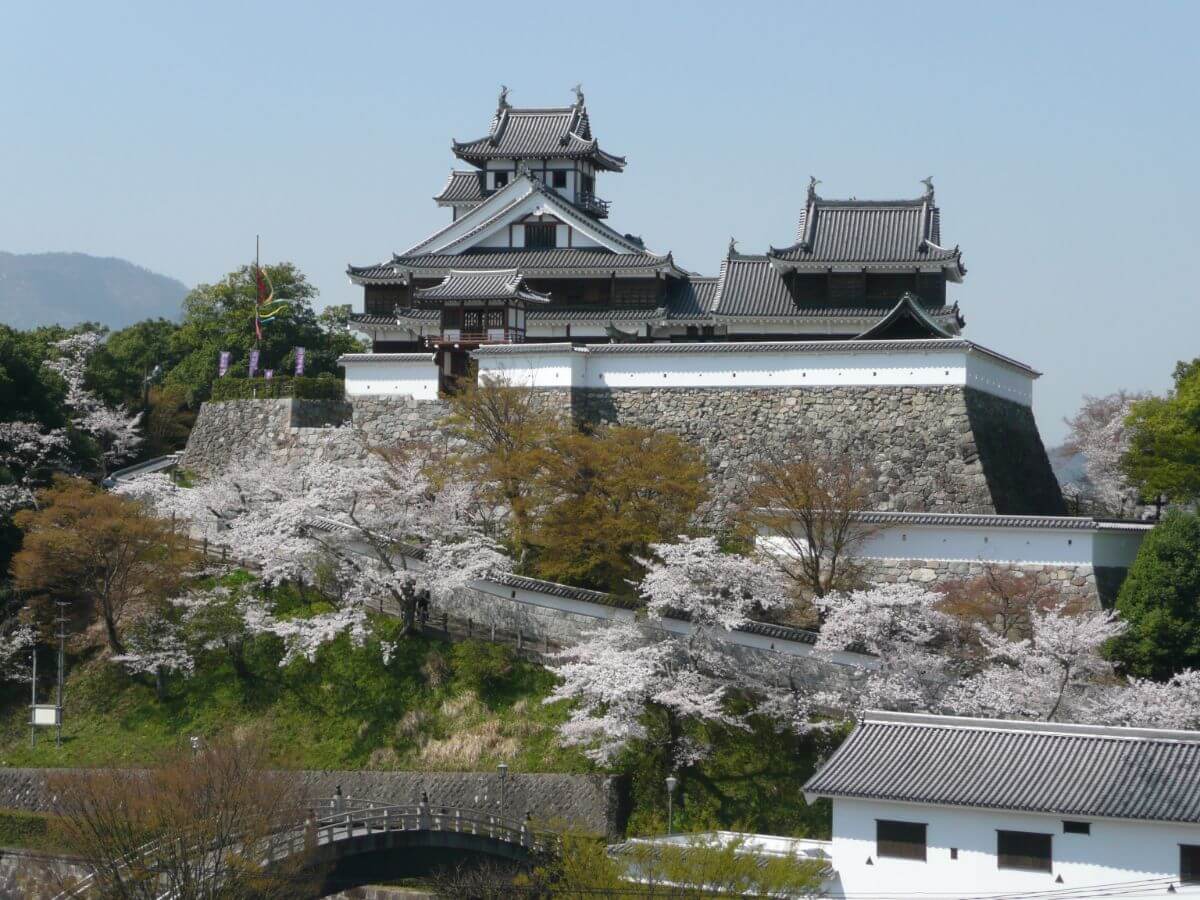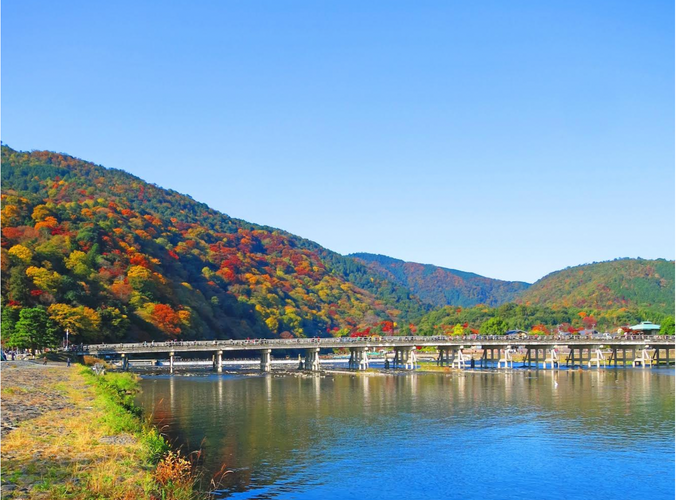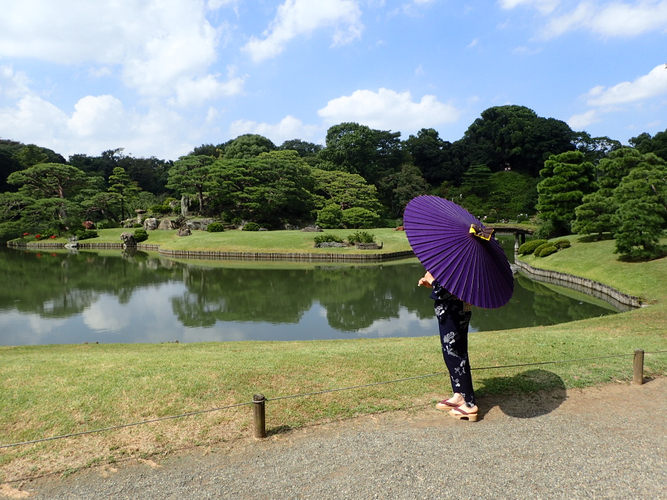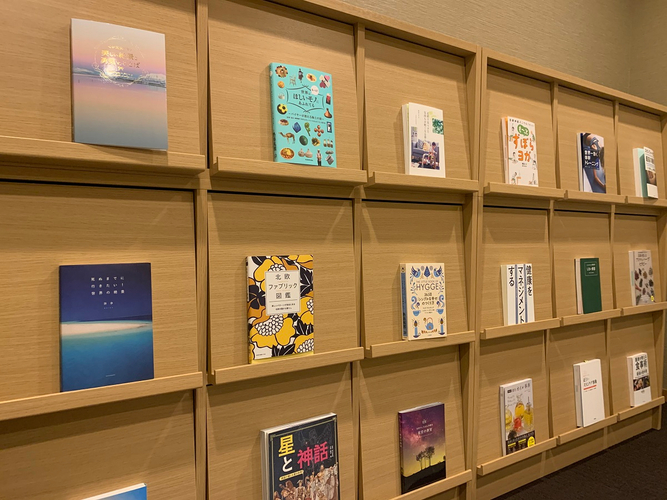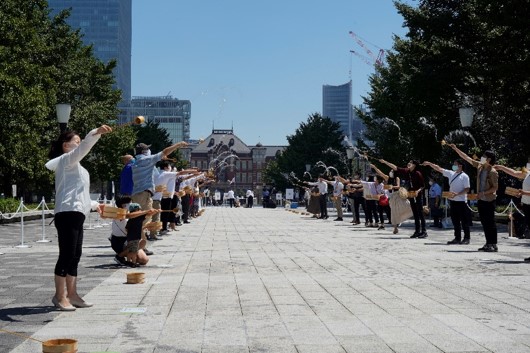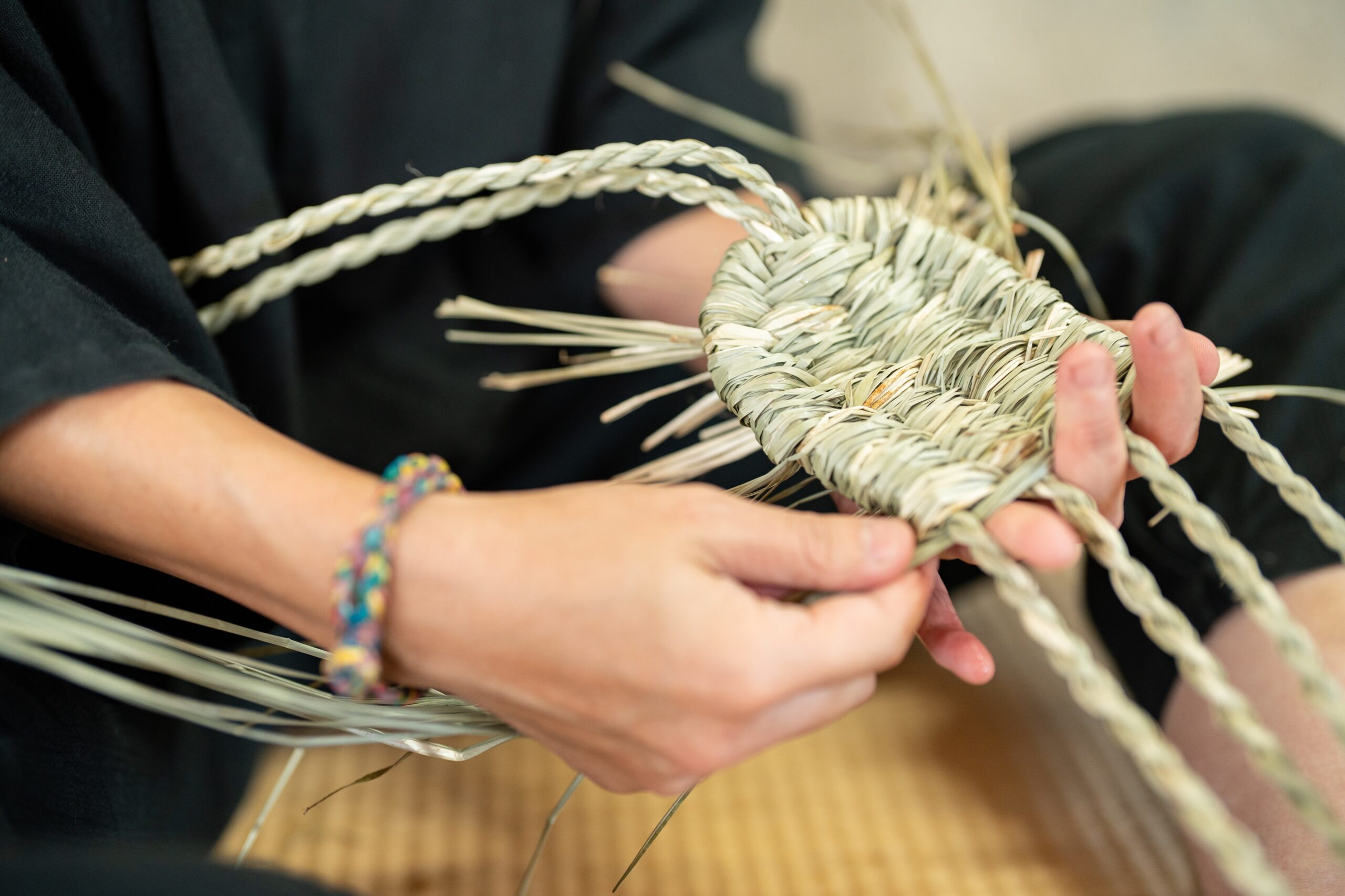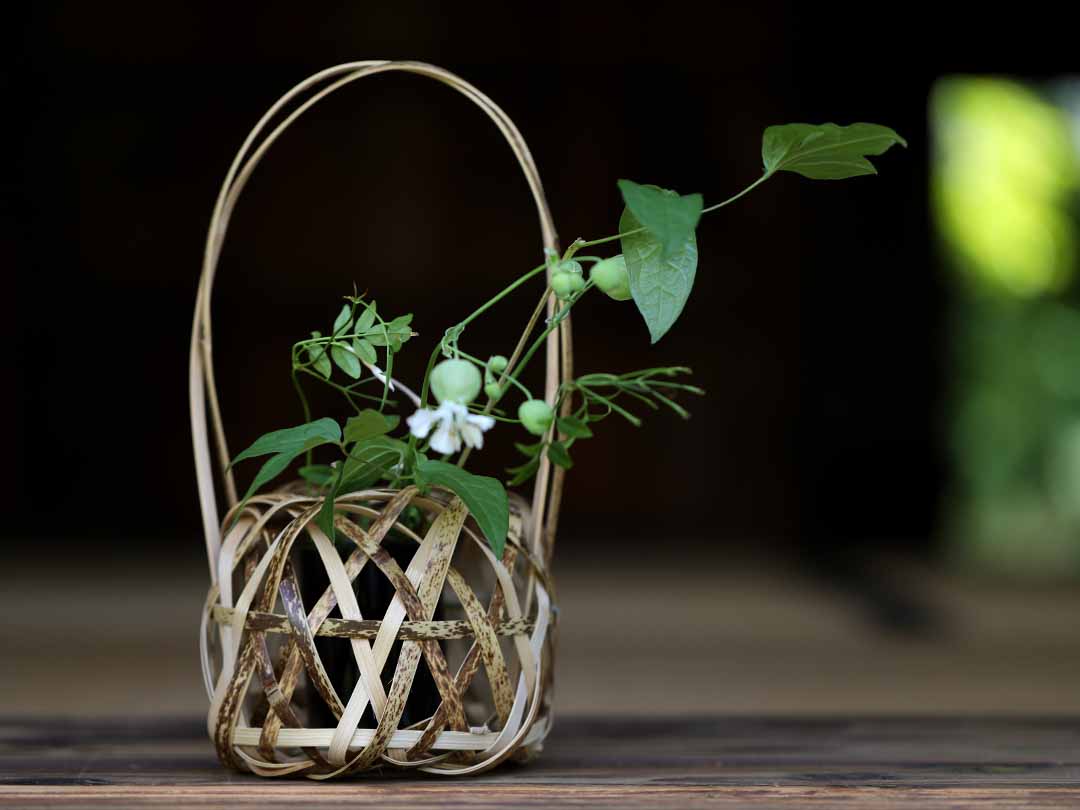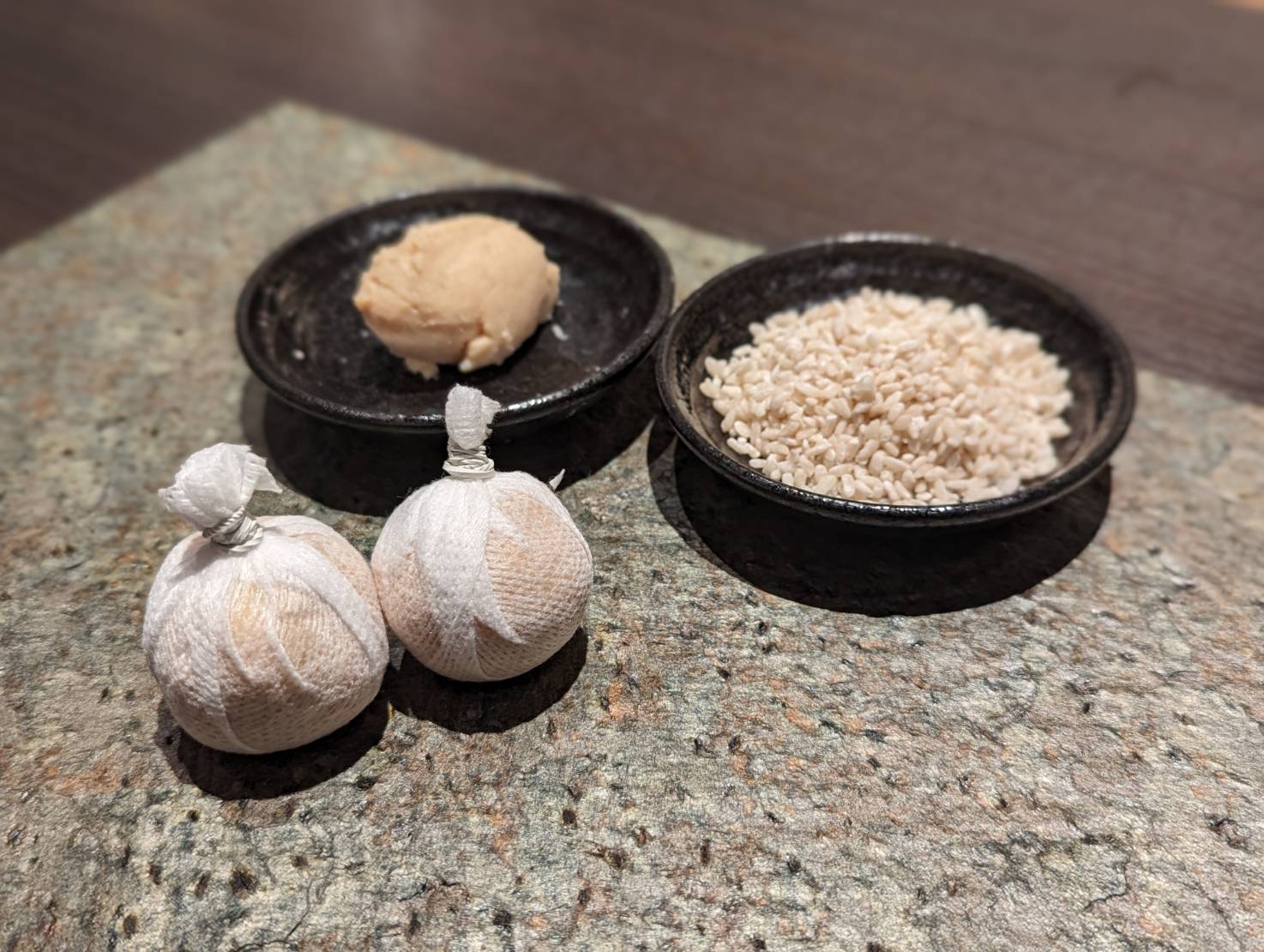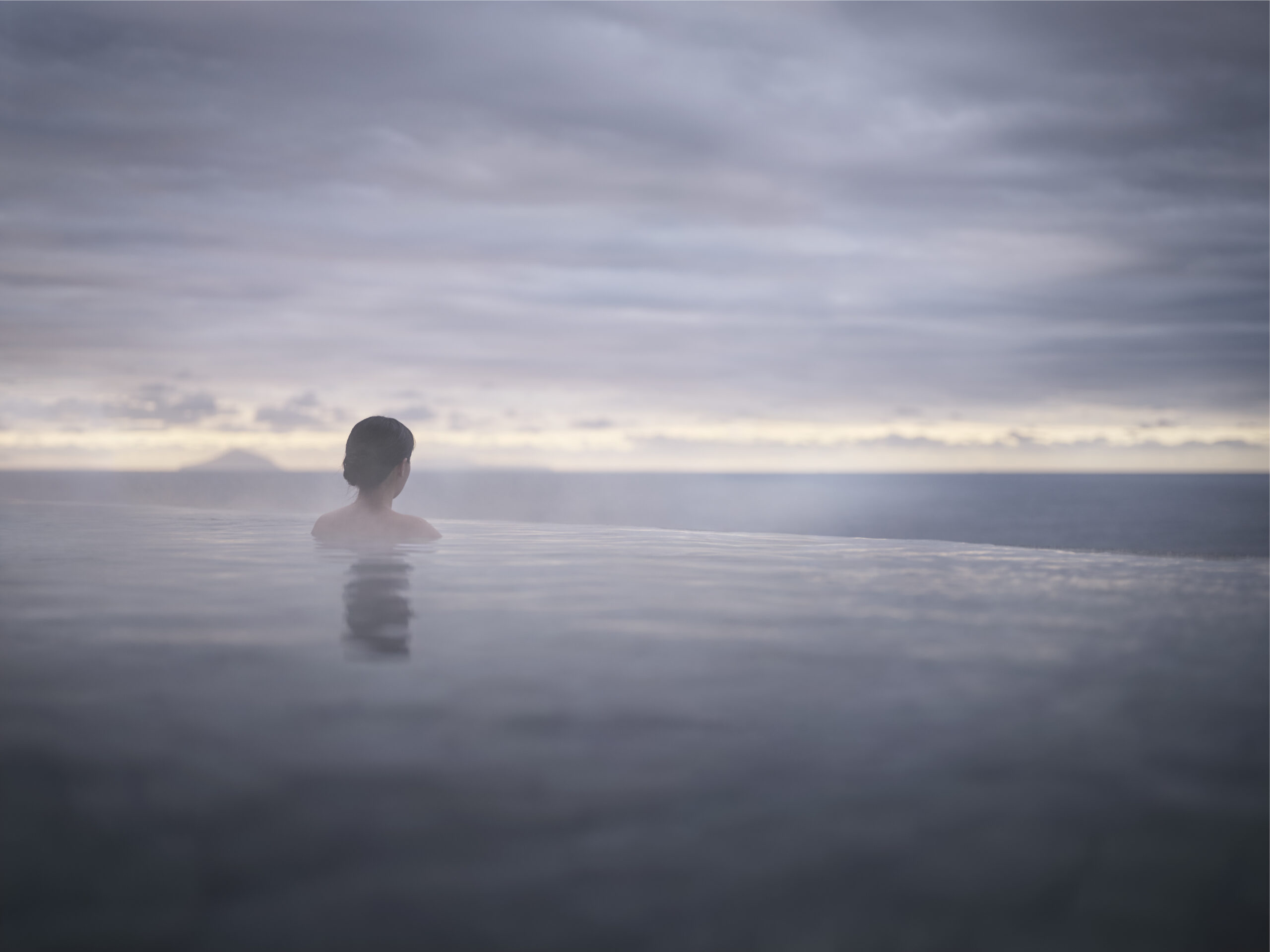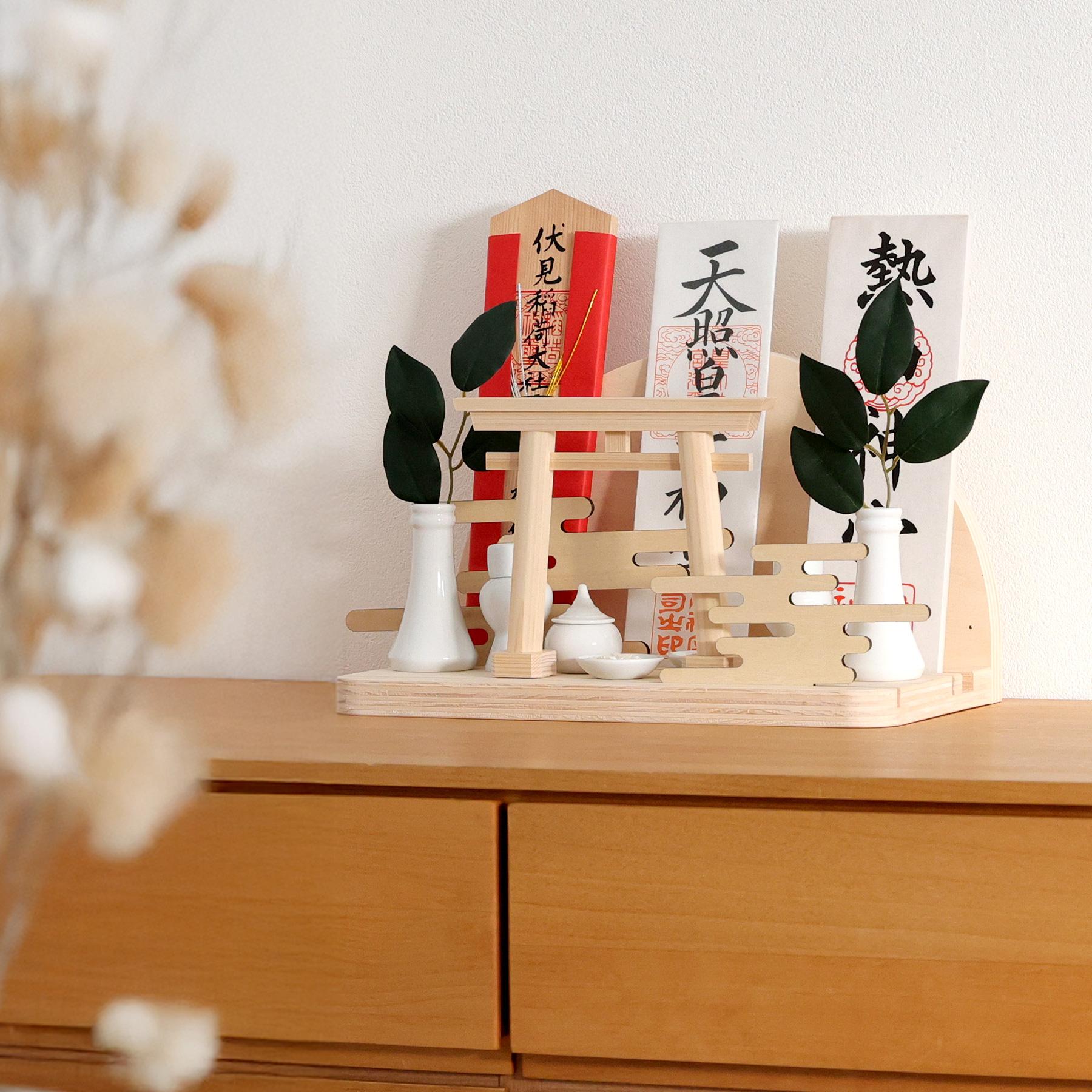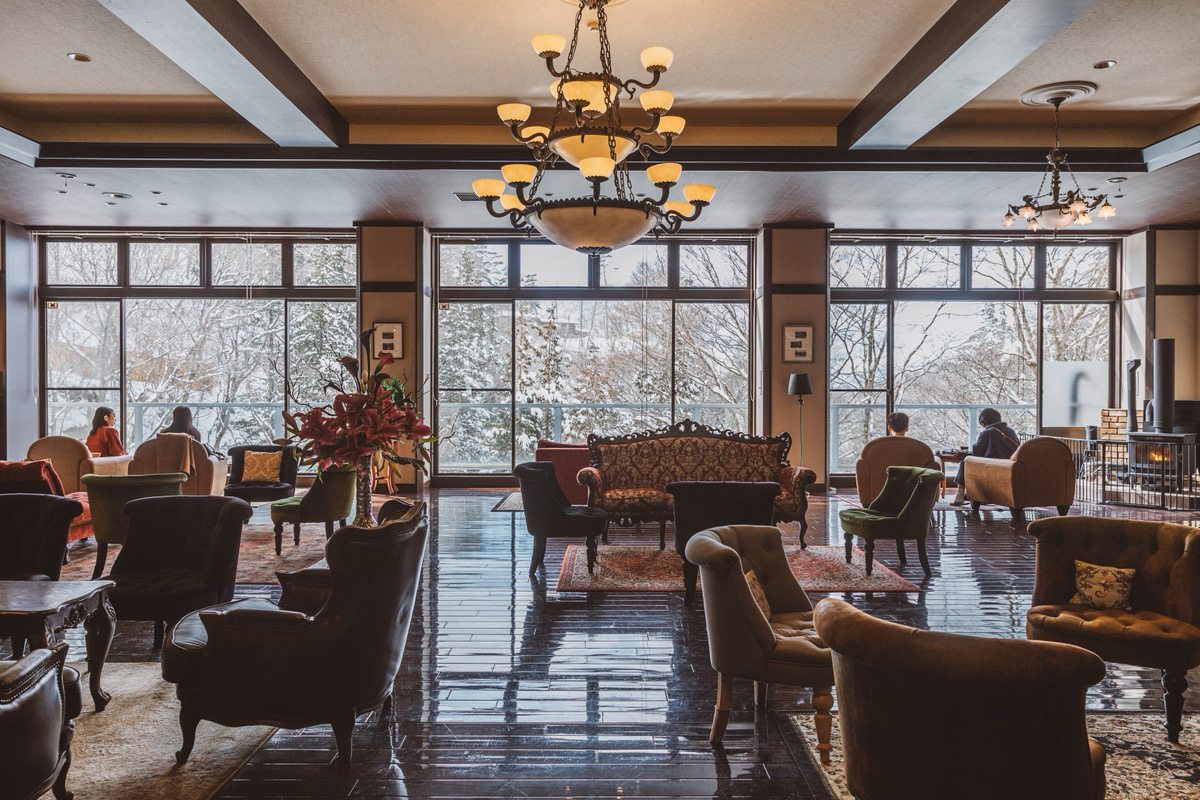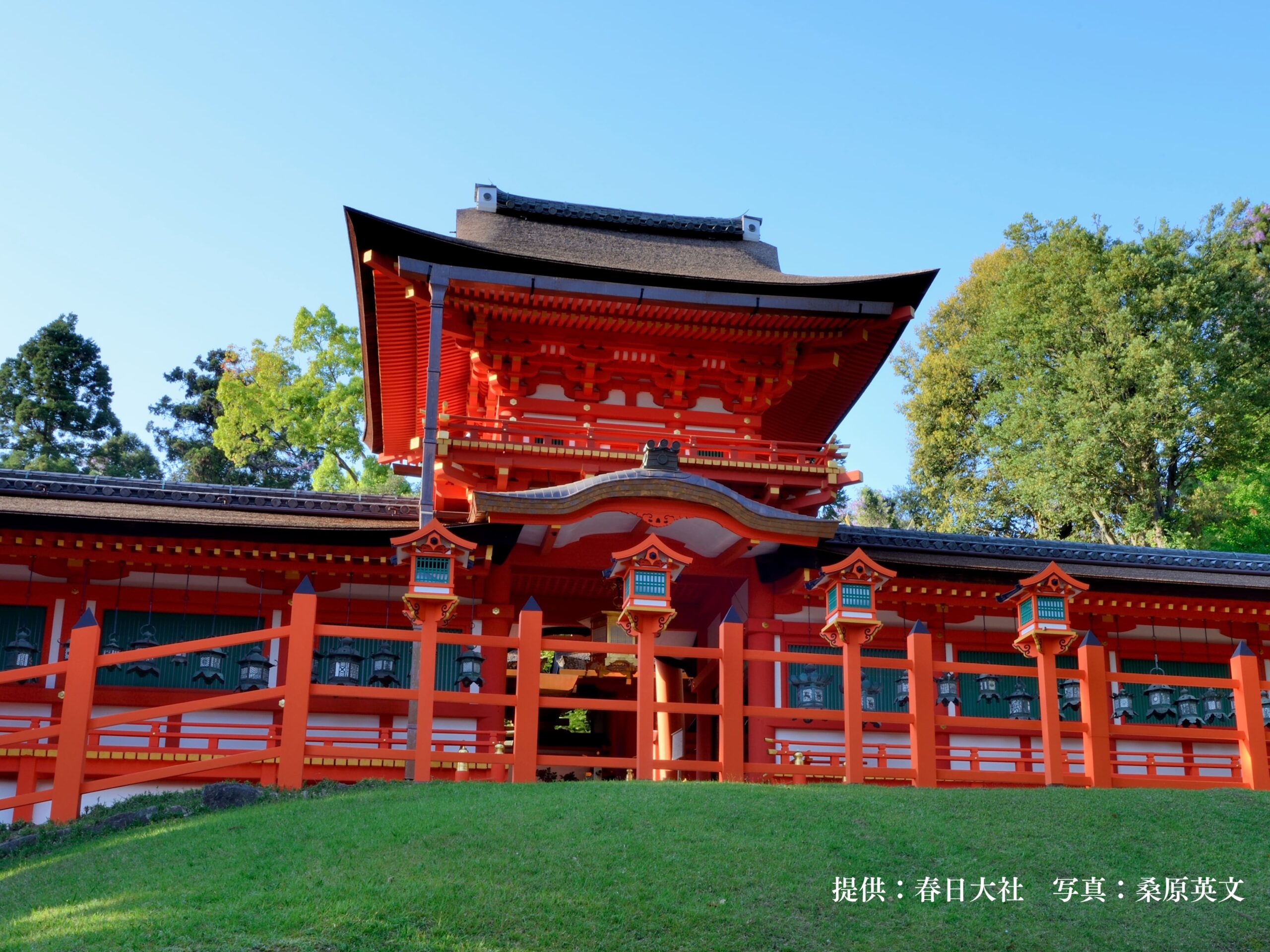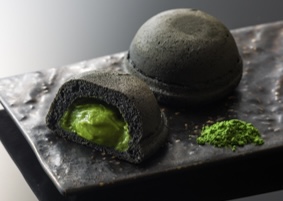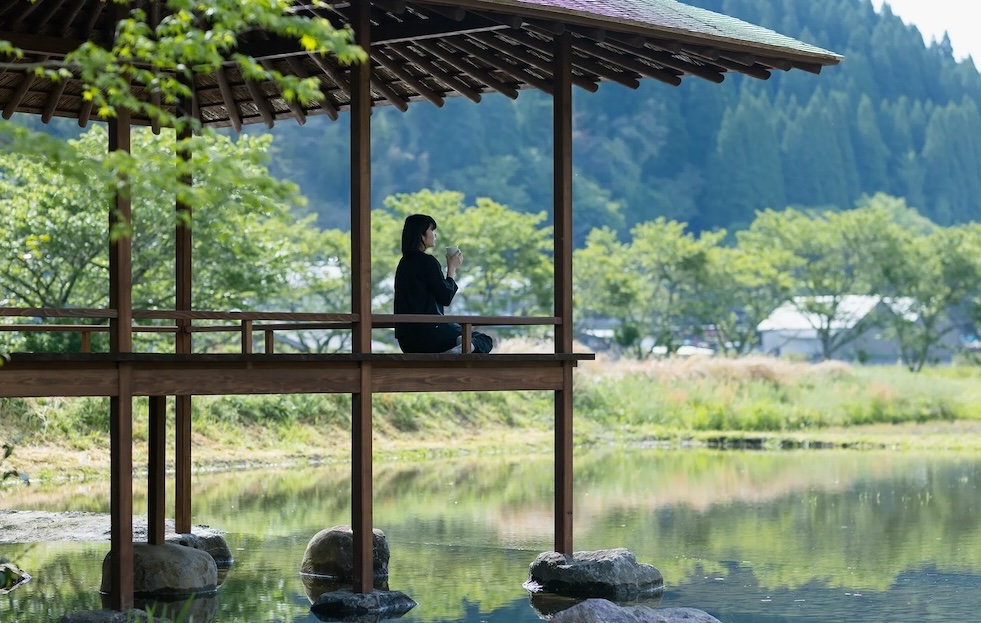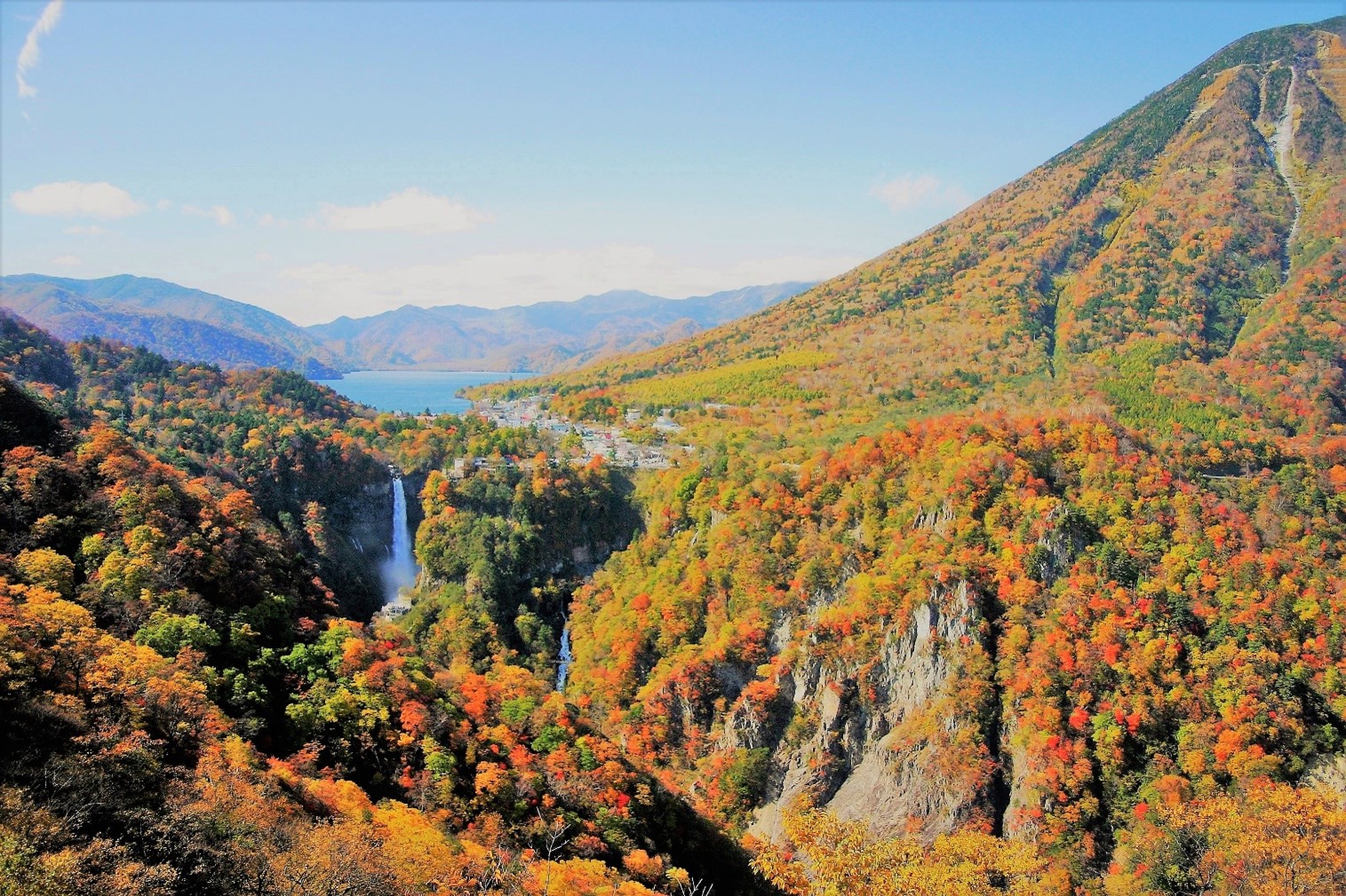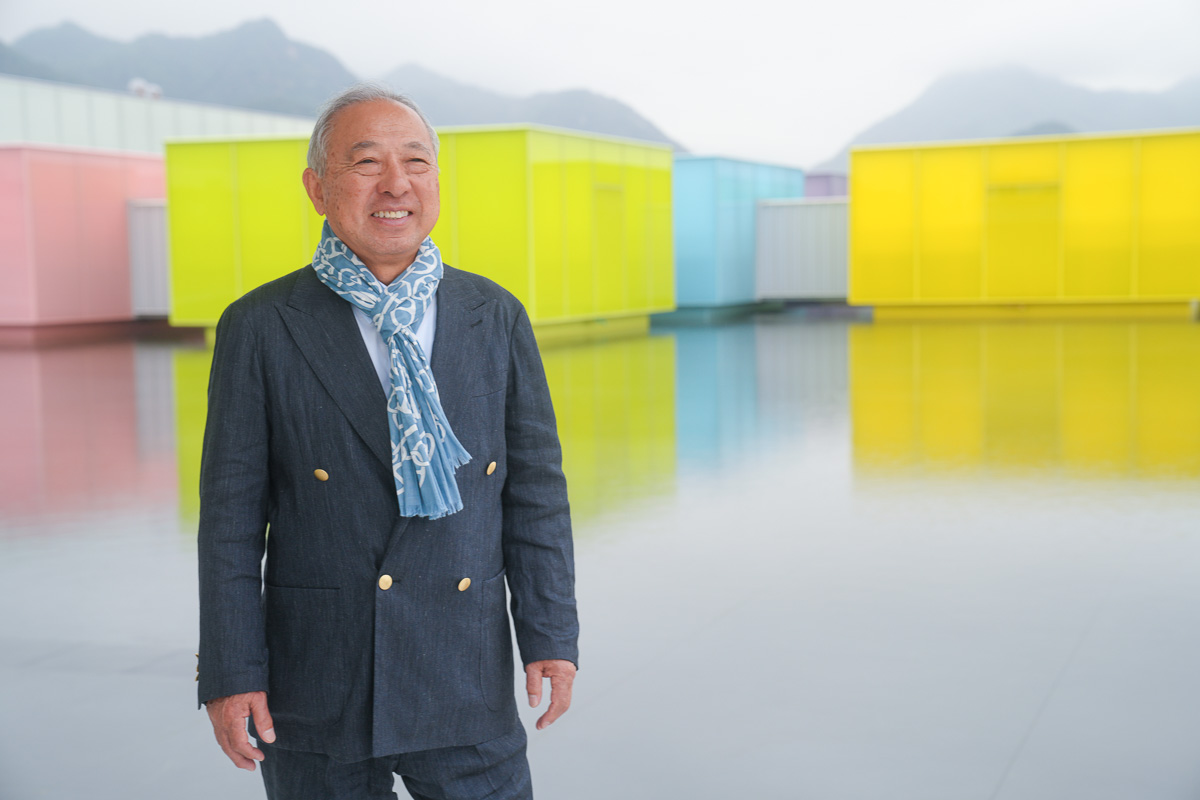In the 2020 Taiga drama, “Kirin ga Kuru”, the main character of Sengoku warlord Akichi Mitsuhide, famous for serving Nobunaga Oda, will be broadcast. Mitsuhide has a great history in the history of Tamba and Tango. .
For this reason, Mitsuhide’s footprints still remain in Tamba and Tango, and there are many places related to Yusai Hosokawa and Mitsuhide’s daughter, Garasha Hosokawa, and Yusai’s son, Tadaoki Hosokawa.
Please take this opportunity to visit the land related to them and feel the stories, achievements, and romance of history that they have left.
From battlegrounds to sweets! 7 places related to "Kirin is coming" following the trajectory of the hero Sengoku warlord Akechi
"Fukuchiyama Castle"
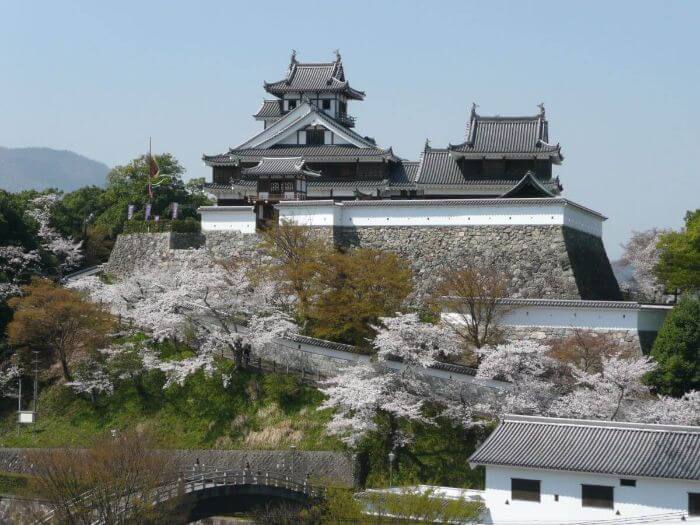
Around 1579, when Mitsuhide Akechi settled Tamba under the orders of Nobunaga Oda, the “Fukuchiyama Castle” was built as a base for capture in western Japan. Currently, Mitsuhide is the only castle with a castle tower built by a castle, and Ishigaki is a designated cultural property of the city. Fukuchiyama reported that Mitsuhide was a lord who was longed for by the people because of his good politics such as flood control and tax exemption.
By the abolition of the castle in 1873, most of the building except for the stone walls and some remains had been demolished. It was maintained. Ishigaki, a clever combination of natural stones, conveys the impression of the castle when it was built.
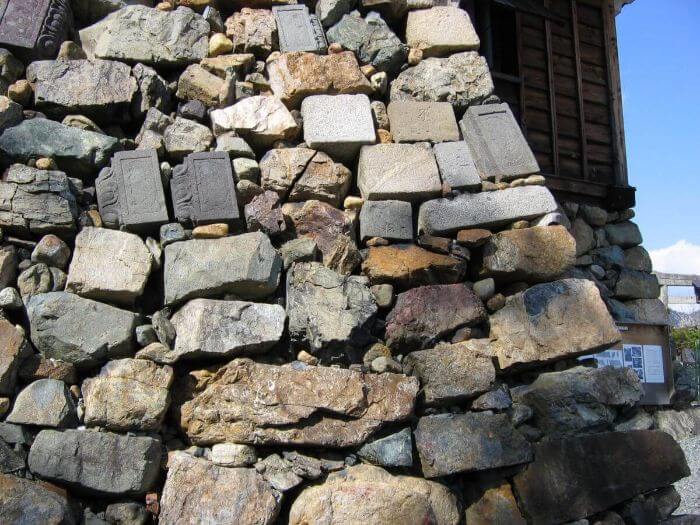
The castle tower has three levels and four floors, and from the observation floor you can overlook the castle town and the mountains of Tamba. This year, the number of visitors has reached a record high for the first time in 32 years.
Inside the castle, you can see a copy of the “Iechu Martial Law” from the Gorei Shrine, dedicated to Mitsuhide.
| Address: |
5, Ji-naiki, Fukuchiyama-shi, Kyoto |
| Entrance time |
9:00-5:00 (entrance until 16:30) * Light up the castle and surrounding areas at night |
| Entrance fee: |
330 yen for adults, 110 yen for elementary and junior high school students |
| TEL: |
0773-23-9564 |
>Fukuchiyama Castle Official Page
“Goryo Shrine”
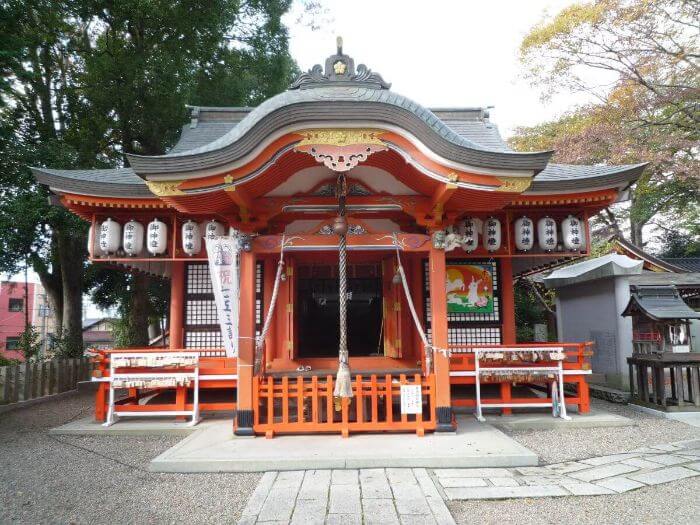
A shrine built in the castle town and dedicated to the spirit of Mitsuhide is “Gorei Shrine”. The reason for this was that during the Edo period, when disasters such as fires and floods occurred frequently on Mt. It is the beginning that it was thought and was enshrined.
Mitsuhide created a new castle town and exempted him from the land tax, which is called Jizen. Thanks to many good governments, Fukuchiyama flourished in commerce and industry from an early age, and Mitsuhide became a favorite of local people.
As you can see, it is the symbolic spot of Ryo-kun and Mitsuhide, “Gorei Shrine,” but it contains the letter of Mitsuhide and the House-China Military Law written just one year before the change of Honnoji Temple. It is a precious shrine that you are doing. There is also a monument written about Mitsuhide in the precincts.
| Address: |
238 Nishinakanocho, Fukuchiyama City, Kyoto Prefectureo |
| Visiting time |
9:00-5:00 |
| Admission fee: |
free |
| TEL: |
0773-22-2255 |
"Tamba Kameyama Castle"
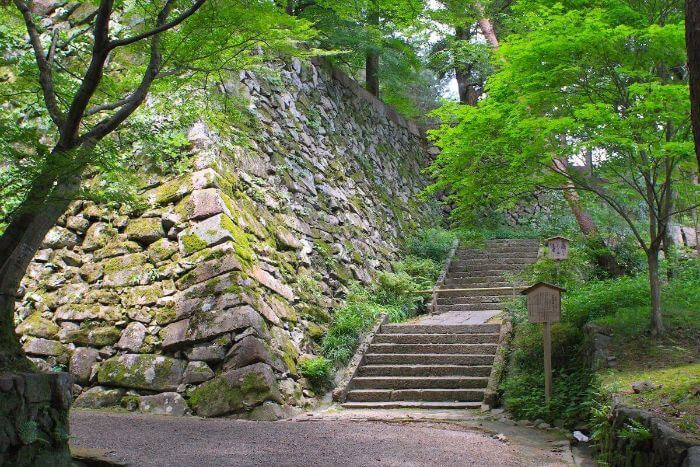
Kameyama Castle is a castle built around 1577 by Mitsuhide to serve as the base for Tamba Taira. It is reported that Honnoji Temple also started from here when it changed. After the death of Mitsuhide, a five-story tower with a tower structure was built and used as the residence of the lord of the Tamba Kameyama lord in the Edo period, but in 1877 the castle tower was demolished by the abolition of the castle. Even now, stone walls and moats remain, reminiscent of those days.
| Address: |
1 Aratsuka-cho, Kameoka-shi, Kyoto (large headquarters) |
| Entry time |
8: 00-17: 00 |
| Admission fee: |
free |
| TEL: |
0771-22-5561 |
>Tanba Kameyama Castle Official Site
"Kokushoji"
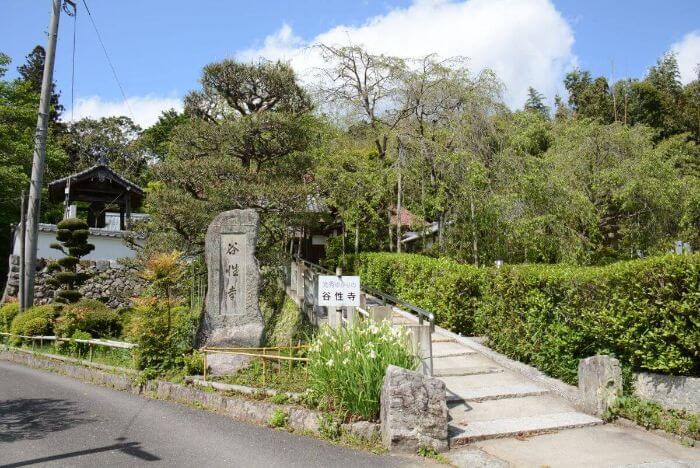
“Valley Temple” also called “Koshuji Temple”. It is said that Mitsuhide who worshiped the main priest, Fudo Myo, swore before Honnoji’s transformation. There is also a mitsuhide neck mound made at the end of the Tokugawa period, which is said to have been carried out by the last intervening vassals carrying Mitsuhide’s neck to this temple.
In addition, Mitsuhide’s family crest “Kikyo” blooms in front of the gate in early summer, so it is also popular as “Kikyo-ji”.
| Address: |
39 Ikurachiyama, Miyamae-cho, Kameoka-shi, Kyoto |
| Admission time |
9:00-evening |
| Admission fee: |
free |
| TEL: |
0771-26-2054 |
>Kokushoji Temple Official Site
“History Museum Oyamazakicho”

“History Museum Oyamazaki-cho” is a history museum that introduces the terrain and historical features of Oyamazaki with exhibition rooms divided into five themes: ancient, medieval, Yamazaki battles, Machian / Rikyu, and early modern times.
In addition to learning about the battle between Yamazaki and Mitsuhide and Hashiba (Toyotomi) Hideyoshi through video, you must also see the full-scale model of the tea room “Mai-an” related to Senrikyu.
| Address: |
3 Ryumitsu, Oyamazaki-cho, Otonun-gun, Kyoto |
| Business hours |
9: 30-17: 00 (admission until 16:30) |
| Closed: |
Monday |
| Admission fee: |
200 yen for general / Elementary / junior high school students free * Special exhibitions and special exhibitions |
| TEL: |
075-952-6288 |
>History Museum Oyamazaki Town Official Site
Tennozan Hill, the battleground of Yamazaki
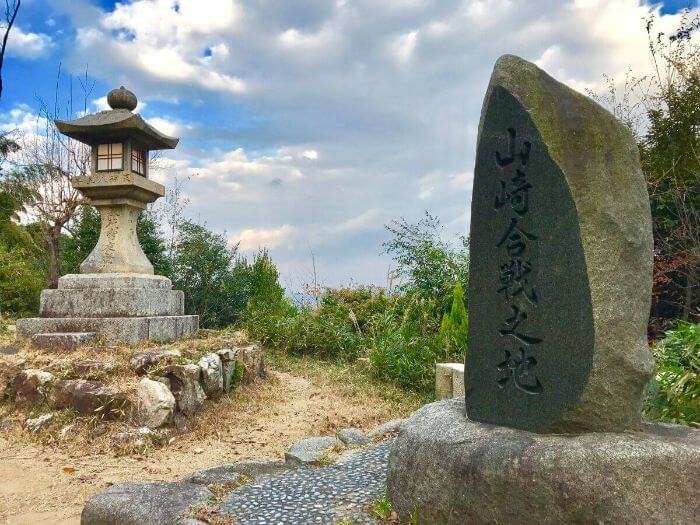
In 1582, Mitsuhide defeated Nobunaga Oda in the transformation of Honnoji, and then fought with Hideyoshi.
On June 13 of the same year, a battle takes place in the land of Yamazaki, but it is reported that Hideyoshi gained an advantage by winning the Tennoyama earlier, and the game is named after the Yamazaki battle which became a turning point of the world division We came to call this division Tenzan.
Tennozan hill is an altitude of about 270 meters and is a mountain that you can easily climb, accessible on foot from JR Yamazaki Station or Hankyu Oyamazaki Station. This is a hiking course that can be enjoyed by the elderly and children. Wander around the land where Mitsuhide and Hideyoshi compete for supremacy, and take a stroll while thinking about historical romance. The course, which can be climbed in about an hour, has an observatory where you can enjoy a superb view, and there are also six ceramics that tell the story of Hideyoshi’s trade-in.
>Oyamazaki offical site
Akechi Chaya's “Mitsuhide Plate Set”

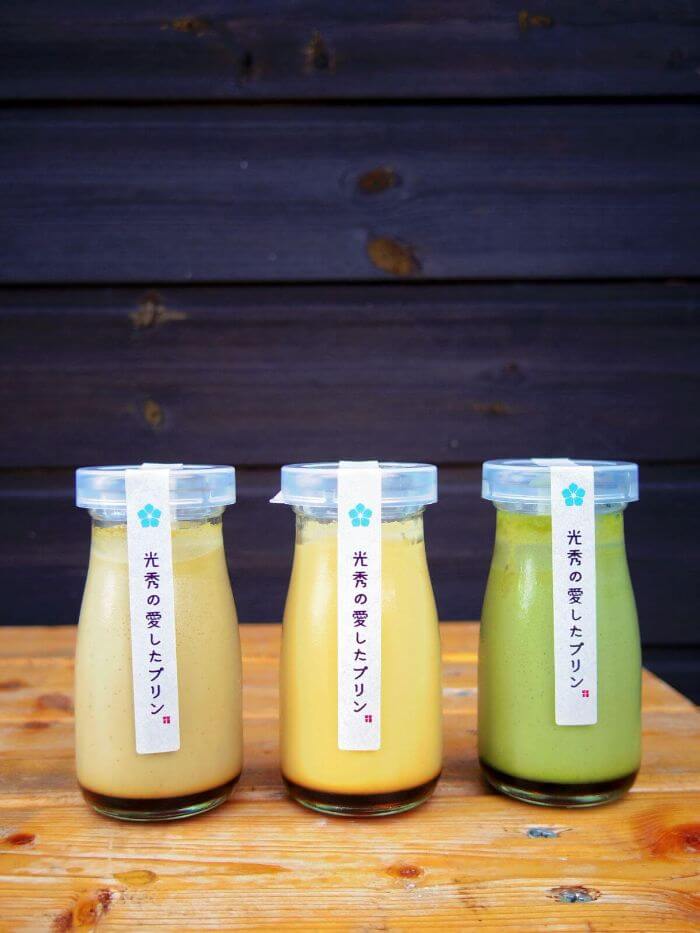
Akechi Chaya, run by chef Uemura, an owner from Fukuchiyama, is a cafe full of love for Mitsuhide, as the name suggests.
“Mitsuhide plate set / 1,250 with sweets inspired by Mitsuhide, such as” Mitsuhide’s loved pudding “using Tamba’s eggs loved by Mitsuhide, and” Kikyo roll “using the bellflower crest and plenty of eggs. Yen (tax included) “is a popular menu. Why don’t you talk about Mitsuhide slowly while having sweets?
| Address: |
1-1, Shinooshinmachi, Fukuchiyama City, Kyoto Prefecture |
| Business hours: |
10:30~19:00 |
| Regular holiday: |
Tuesday |
| TEL: |
0773-24-3210 |
>Akechi Chaya Official Site
Mitsuhide's historical materials, taiga drama shooting costumes, and accessories are also on display! Taiga Drama Museum / Mitsuhide Museum
"Kirin Comes at Kyoto Taiga Drama Museum"
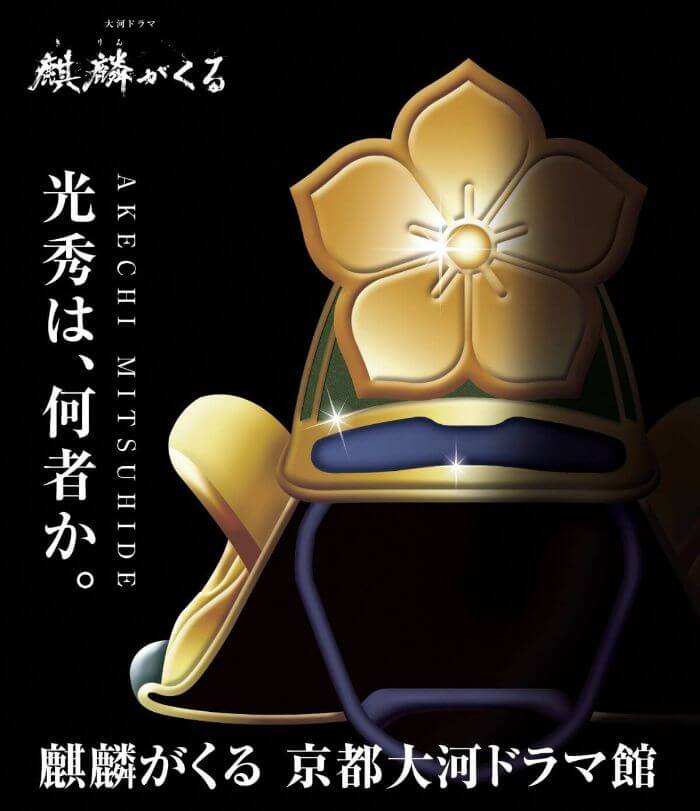
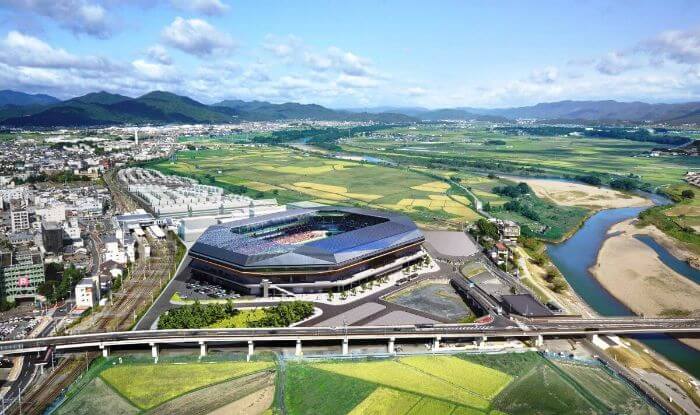
The “Kirin Kakuru Taiga Drama Museum” will be added to the “Prefectural Kyoto Stadium” under construction in front of Kameoka Station for the opening of 2020.
The facility is a facility where you can fully experience the worldview of the taiga drama “Kirin ga kuru”, including the display of props and costumes appearing in the taiga drama and the screening of making videos.
In the main building, there will also be a “Kyoto Taiga Drama Museum Special Exhibition”, a panel exhibition that introduces Mitsuhide’s episodes remaining in Tamba, which will follow the mystery of Mitsuhide studded in Kyoto Tamba Kameoka. I am.
| Address: |
Special venue in Kyoto Stadium, Oiwakecho, Kameoka, Kyoto |
| Opening period: |
~ January 11, 2021 |
| Opening hours: |
9:00~17:00(Last entry16:30 ) |
| Closed: |
Open daily |
| Entrance fee: |
Adult same day ticket 600 yen / child Same day ticket 300 yen
* There are also advance tickets and group tickets that are advantageous. |
| TEL: |
0771-55-9320 |
>Kirin Taiga Drama Museum Official Site
"Fukuchiyama Mitsuhide Museum"
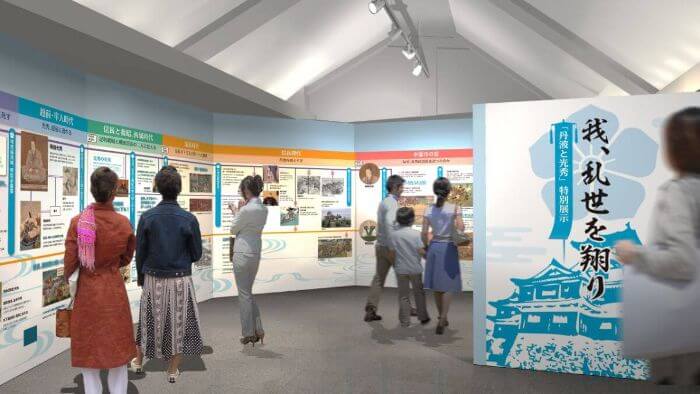

Opened on the 2nd floor of Taito Sato Memorial Museum in Fukuchiyama Castle Park adjacent to “Fukuchiyama Castle” related to Mitsuhide. In the main building, including the special exhibition of the taiga drama “Kirin ga Kuru” and the “Tamba and Mitsuhide Special Exhibition” supervised by Tetsuo Owada, who is in charge of the era of the drama, the “Mitsuhide image unique to Fukuchiyama” To go.
In the special exhibition of the taiga drama “ Kirin ga kuru ”, in addition to displaying the costumes and props actually used in the shooting, the script, as well as the life-size panel display of the characters and the story introduction of the drama, the power of the taiga drama is reproduced. You.
The “Tamba and Mitsuhide Special Exhibition” will exhibit images and important existing materials, and introduce Mitsuhide’s life in line with the times.
| Address: |
32-64 Okano, Fukuchiyama-shi, Kyoto Fukuchiyama Castle Park |
| Opening period: |
~ January 11, 2021 |
| Opening hours: |
9:00~17:00(Last entry16:30 ) |
| Closed: |
Open daily |
| Entrance fee: |
Adult same day ticket 500 yen / Child same day ticket 250 yen
* There are also discounted castle set tickets, advance tickets, and group tickets. |
| TEL: |
0773-48-9108 |
>Fukuchiyama Mitsuhide Museum Official Site
A hidden spot that carved history with Mitsuhide!
"Tanabe Castle Ruins"

Tanabe Castle (aka Bukakujo) was built by Yusai Hosokawa, who settled Tango with Mitsuhide. In the battle between Tanabe Kajo and Sekigahara, which was the foremost battle of the Sekigahara, it is known that the 15,000 Western Army was arrested by only 500 people and the Kago Castle was held for 52 days. The Tanabe Castle Museum is on the second floor of the castle gate.
Address: 15-22 Minami Tanabe, Maizuru City, Kyoto Prefecture
>Tanabe Castle Museum Official Site
"Katsuryuji Castle Park"
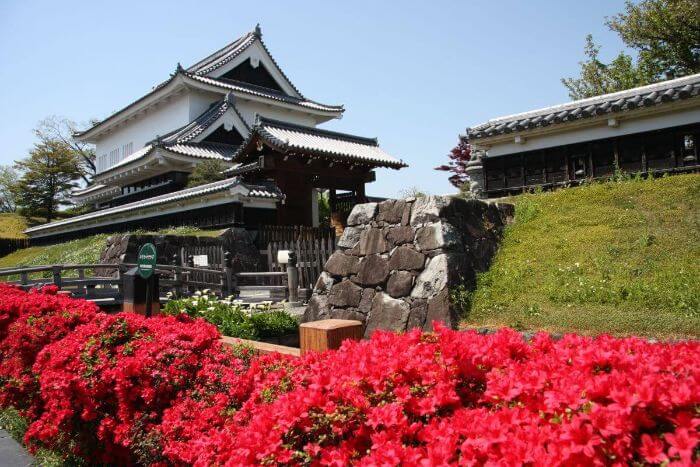
A castle renovated by Nobutaga’s life by Fujitaka Hosokawa (Yusai). It is the place where Mitsuhide’s daughter, Garasha, lived a happy newlywed life, and where he spent the last night losing to the battle of Yamazaki. The “Nagaoka Kyoto Garasha Festival” is held every November. The exhibition room was reopened in November 2019.
Address: 13-1 Shoryuji Temple, Nagaokakyo City, Kyoto Prefecture
>Shoryuji Temple Castle Official Site
[Topic boiling on SNS! ] #Gourmet in Stock お More than 15,000 Instagram posts!
#Another Kyoto #Gourmet in stock #Reward gourmet #Bottling tea #Chestnut sweets
In recent years, “rewards to yourself”, mainly for women, and local gourmets are becoming more popular, in recent years, “ordered gourmets” are becoming more common. During the New Year’s holiday season when family and friends gather, spend a blissful time with the special “Gourmet Stock”.
Metropolitan Saryo: Mysterious Drop “YASUNORI”
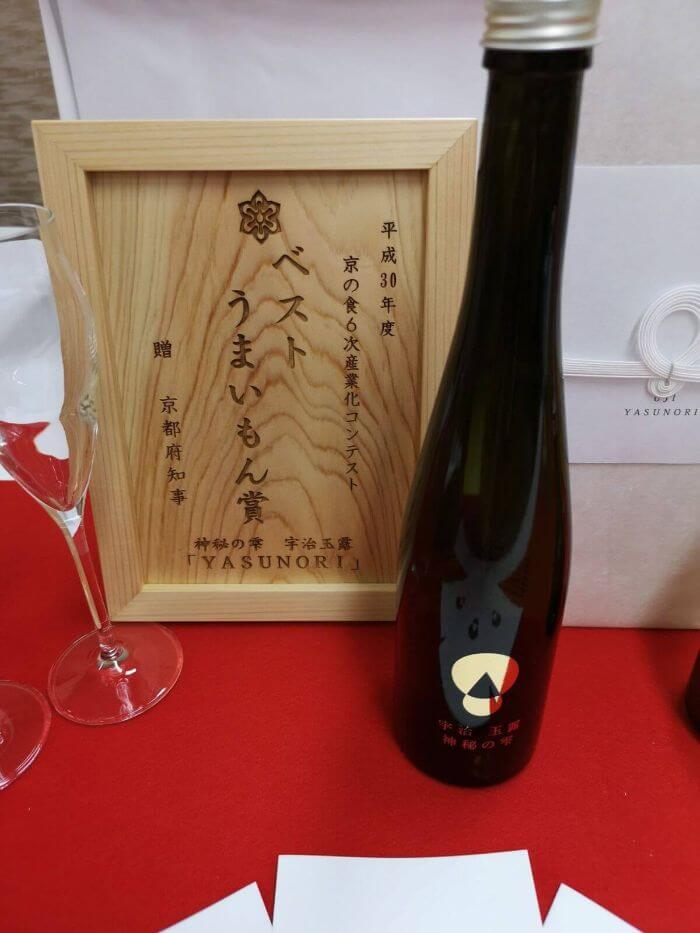
Japan’s first product from the Kansai / National Tea Fair. A bottling tea that uses 100% of the rare highest quality tea leaves, Kyotanabe gyokuro (luxury hand-picked gyokuro) certified tea leaves, and is particular about tea leaves and extraction methods. Not only the sharpened umami, but also the paulownia box, Japanese paper, and Mizuhiki are all handmade by craftsmen.
>Miyako Saryo Official Website
Adachi Otemon
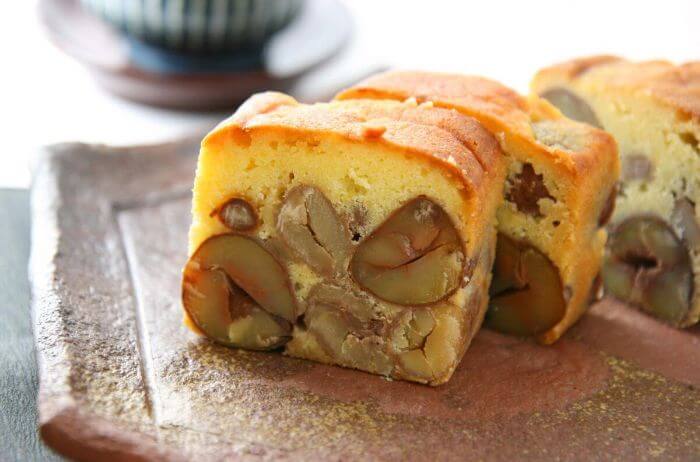
Located in Fukuchiyama, Tamba chestnut town, Adachi Otemon is famous for chestnut confectionery such as pound cakes made from chestnuts around the world.
Above all, the “Chestnut Terrine” series, in which chestnuts fill the cake section, is a gem filled with the owner’s love for chestnuts.
>Adachi Otemon official website
